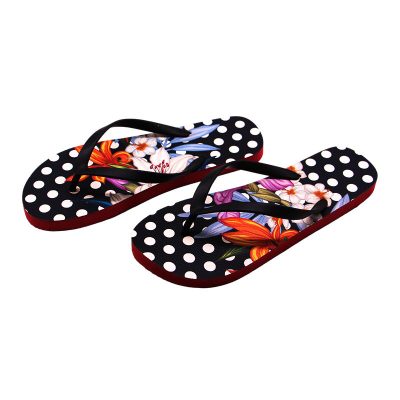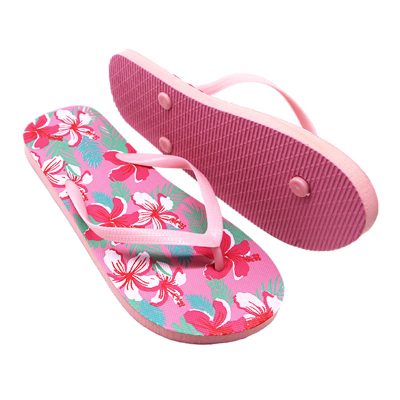Eco-friendly heel soles are an essential aspect of sustainable fashion, offering environmentally conscious consumers stylish options that minimize their environmental impact. Here are some sustainable materials and practices to consider when choosing eco-friendly heel soles:
1. Sustainable Materials
- Recycled Rubber:
- Source: Made from post-consumer or post-industrial rubber waste.
- Benefits: Reduces landfill waste and the need for virgin materials, maintaining durability and slip resistance.
- Natural Rubber:
- Source: Harvested from rubber trees (Hevea brasiliensis).
- Benefits: Biodegradable and renewable, providing flexibility and durability without synthetic chemicals.
- Cork:
- Source: Harvested from the bark of cork oak trees.
- Benefits: Renewable, biodegradable, lightweight, and naturally cushioned, providing excellent shock absorption.
- Plant-Based Plastics:
- Source: Made from renewable resources like corn starch, sugarcane, or algae.
- Benefits: Biodegradable and reduce reliance on petroleum-based plastics, with potential for similar durability and flexibility.
- Vegan Leather:
- Source: Made from sustainable materials like pineapple leaves (Piñatex), apple peels, or mushroom mycelium.
- Benefits: Animal-free, biodegradable, and often produced with fewer environmental impacts compared to traditional leather.
2. Ethical and Sustainable Manufacturing Practices
- Low-Impact Dyes and Adhesives:
- Benefits: Use of water-based, non-toxic dyes and adhesives reduces chemical runoff and environmental toxicity.
- Energy-Efficient Production:
- Practices: Utilizing renewable energy sources and energy-efficient machinery to lower carbon footprints.
- Fair Labor Practices:
- Importance: Ensuring fair wages, safe working conditions, and ethical labor practices in manufacturing processes.
3. Innovative Sustainable Technologies
- 3D Printing:
- Benefits: Reduces waste by using only the necessary amount of material and allows for precise customization to improve fit and comfort.
- Circular Design:
- Concept: Designing shoes with end-of-life in mind, facilitating easier disassembly and recycling of components.
4. Certifications and Standards
- Global Organic Textile Standard (GOTS):
- Focus: Certification for organic fibers and sustainable manufacturing practices.
- Cradle to Cradle Certified:
- Focus: Products designed for a circular economy, emphasizing safe materials, renewable energy, and water stewardship.
- Forest Stewardship Council (FSC):
- Focus: Certification for wood and paper products from responsibly managed forests, ensuring sustainability and biodiversity.
5. Brands Leading the Way
- Allbirds:
- Innovations: Uses sustainable materials like sugarcane, eucalyptus tree fiber, and merino wool, focusing on carbon neutrality.
- Rothy’s:
- Innovations: Creates shoes from recycled plastic bottles and incorporates sustainable practices in their production processes.
- VEERAH:
- Innovations: Vegan and eco-friendly heels made from apple peel leather, recycled PET, and other sustainable materials.
6. Care and Maintenance for Longevity
- Proper Care: Regular cleaning and maintenance to extend the lifespan of your shoes.
- Repair and Resole: Consider repairing or resoling your heels instead of discarding them, reducing waste and conserving resources.
Conclusion
Choosing eco-friendly heel soles involves selecting sustainable materials, supporting ethical manufacturing practices, and considering innovative technologies that reduce environmental impact. By prioritizing sustainability in your footwear choices, you can contribute to a more sustainable fashion industry while enjoying stylish and comfortable heels.


















